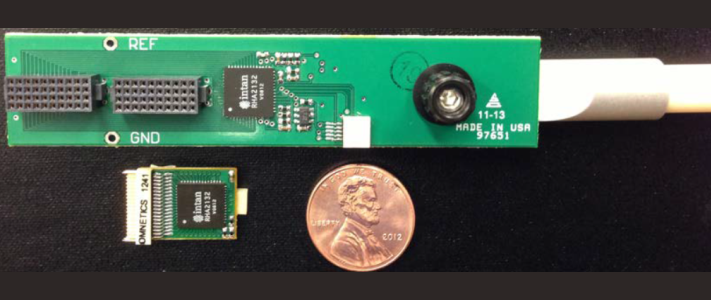Main Menu (Mobile)- Block
- Overview
-
Support Teams
- Overview
- Anatomy and Histology
- Cryo-Electron Microscopy
- Electron Microscopy
- Flow Cytometry
- Gene Targeting and Transgenics
- Immortalized Cell Line Culture
- Integrative Imaging
- Invertebrate Shared Resource
- Janelia Experimental Technology
- Mass Spectrometry
- Media Prep
- Molecular Genomics
- Primary & iPS Cell Culture
- Project Pipeline Support
- Project Technical Resources
- Quantitative Genomics
- Scientific Computing Software
- Scientific Computing Systems
- Viral Tools
- Vivarium
- Open Science
- You + Janelia
- About Us
Main Menu - Block
- Overview
- Anatomy and Histology
- Cryo-Electron Microscopy
- Electron Microscopy
- Flow Cytometry
- Gene Targeting and Transgenics
- Immortalized Cell Line Culture
- Integrative Imaging
- Invertebrate Shared Resource
- Janelia Experimental Technology
- Mass Spectrometry
- Media Prep
- Molecular Genomics
- Primary & iPS Cell Culture
- Project Pipeline Support
- Project Technical Resources
- Quantitative Genomics
- Scientific Computing Software
- Scientific Computing Systems
- Viral Tools
- Vivarium
Note: Research in this publication was not performed at Janelia.
Abstract
Comparing local neural structures across large sets of examples is crucial when studying gene functions, and their effect in the Drosophila brain. The current practice of aligning brain volume data to a joint reference frame is based on the neuropil. However, even after alignment neurons exhibit residual location and shape variability that, together with image noise, hamper direct quantitative comparison and retrieval of similar structures on an intensity basis. In this paper, we propose and evaluate an image-based retrieval method for neurons, relying on local appearance, which can cope with spatial variability across the population. For an object of interest marked in a query case, the method ranks cases drawn from a large data set based on local neuron appearance in confocal microscopy data. The approach is based on capturing the orientation of neurons based on structure tensors and expanding this field via Gradient Vector Flow. During retrieval, the algorithm compares fields across cases, and calculates a corresponding ranking of most similar cases with regard to the local structure of interest. Experimental results demonstrate that the similarity measure and ranking mechanisms yield high precision and recall in realistic search scenarios.



